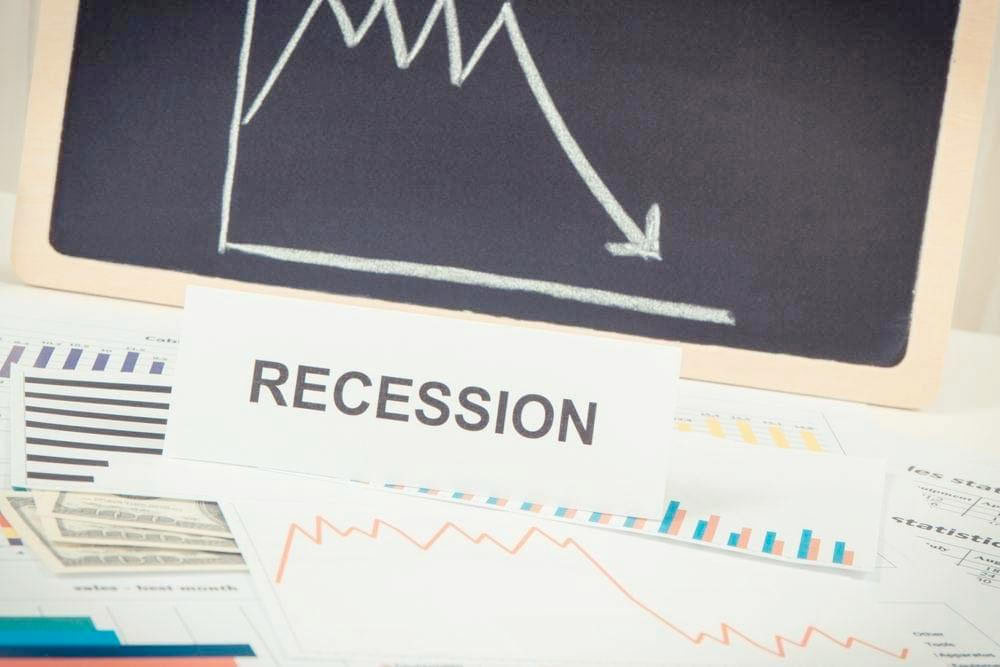The U.S. job market is flashing warning signs that mirror past recessions at a time when the economy is experiencing uncertainty driven by escalating trade tensions stemming from President Donald Trump’s tariffs.
Specifically, data from the Bureau of Labor Statistics shows that the hiring rate as a percentage of total employment fell to 3.2% in December, the second-lowest level since the 2020 crisis, as shared by Global Markets Investor on February 5.
This decline places hiring well below the pre-pandemic average of 3.8% from 2015 to 2019, adding to fears of a cooling labor market.
Picks for you
Similar hiring slowdowns were seen before the 2001 and 2008 recessions, which preceded major economic downturns. Historically, sharp declines in hiring often signal impending contractions, raising concerns about the current trend.
A February 5 analysis by The Kobeissi Letter echoed these concerns about U.S. jobs data. While the economy reportedly added 256,000 jobs in December on a seasonally adjusted basis, far exceeding expectations of 164,000, it lost 81,000 jobs on a non-seasonally adjusted basis.
The discrepancy stems from December’s seasonal adjustment, which inflated the final number by 337,000 jobs. The seasonal factor used was the lowest in 24 years, amplifying the adjustment. A more typical factor, closer to historical averages, would have resulted in much lower reported job gains.
This statistical anomaly comes amid signs of an economic slowdown. The Federal Reserve has signaled minimal rate cuts while manufacturing, retail, and corporate hiring show signs of strain.
The stronger-than-expected jobs number appears inconsistent with broader economic trends, prompting the question: Was the significant seasonal adjustment justified, or does it mask underlying labor market weakness?
Other recession indicators
Beyond the job market, several economic indicators have been signaling the possibility of an impending downturn. As reported by Finbold, drawing insights from the Financial Select Sector SPDR Fund (XLF), economist Henrik Zeberg warned that U.S. economic deterioration is about to culminate in a possible Black Swan event in 2025.
At the same time, Zeberg maintained that a recession was imminent despite the Federal Reserve’s move to cut interest rates late last year.
Conversely, trends in precious metals have also been cited as key indicators of an impending downturn. In this regard, analyst Patrick Karim previously warned that the Gold vs. Silver Weekly Chart Ratio, as of January 25, was declining—a move that has historically preceded a recession.
On the flip side, some market sectors have ruled out the possibility of a recession. An October Bank of America survey found that most global investors don’t expect a hard landing within a year.
Stronger-than-expected U.S. job data in September also led Goldman Sachs to lower its recession odds from 20% to 15%. Non-farm payrolls surged by 254,000 (vs. 150,000 expected), while unemployment dropped to 4.1%.
Featured image via Shutterstock







